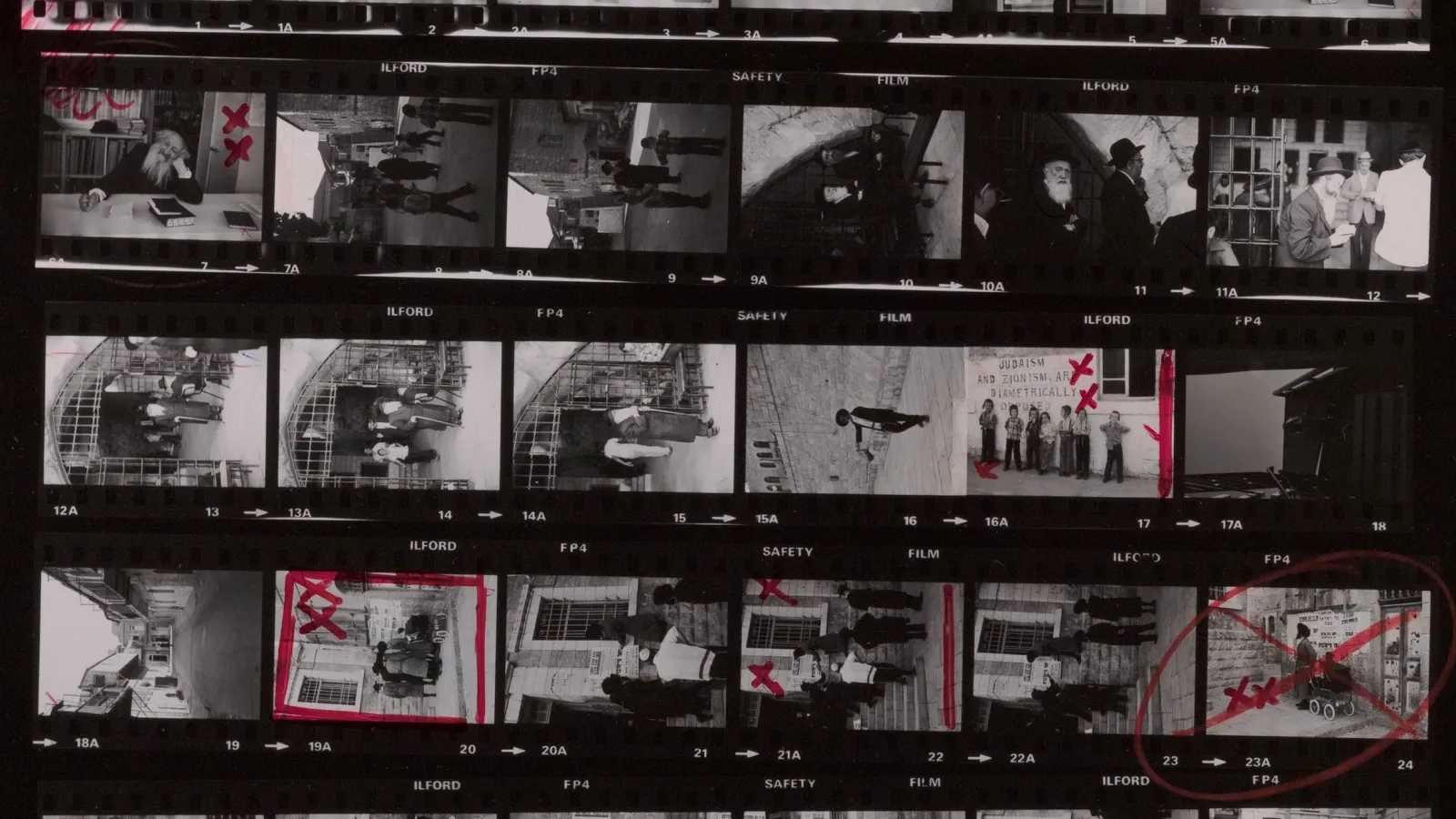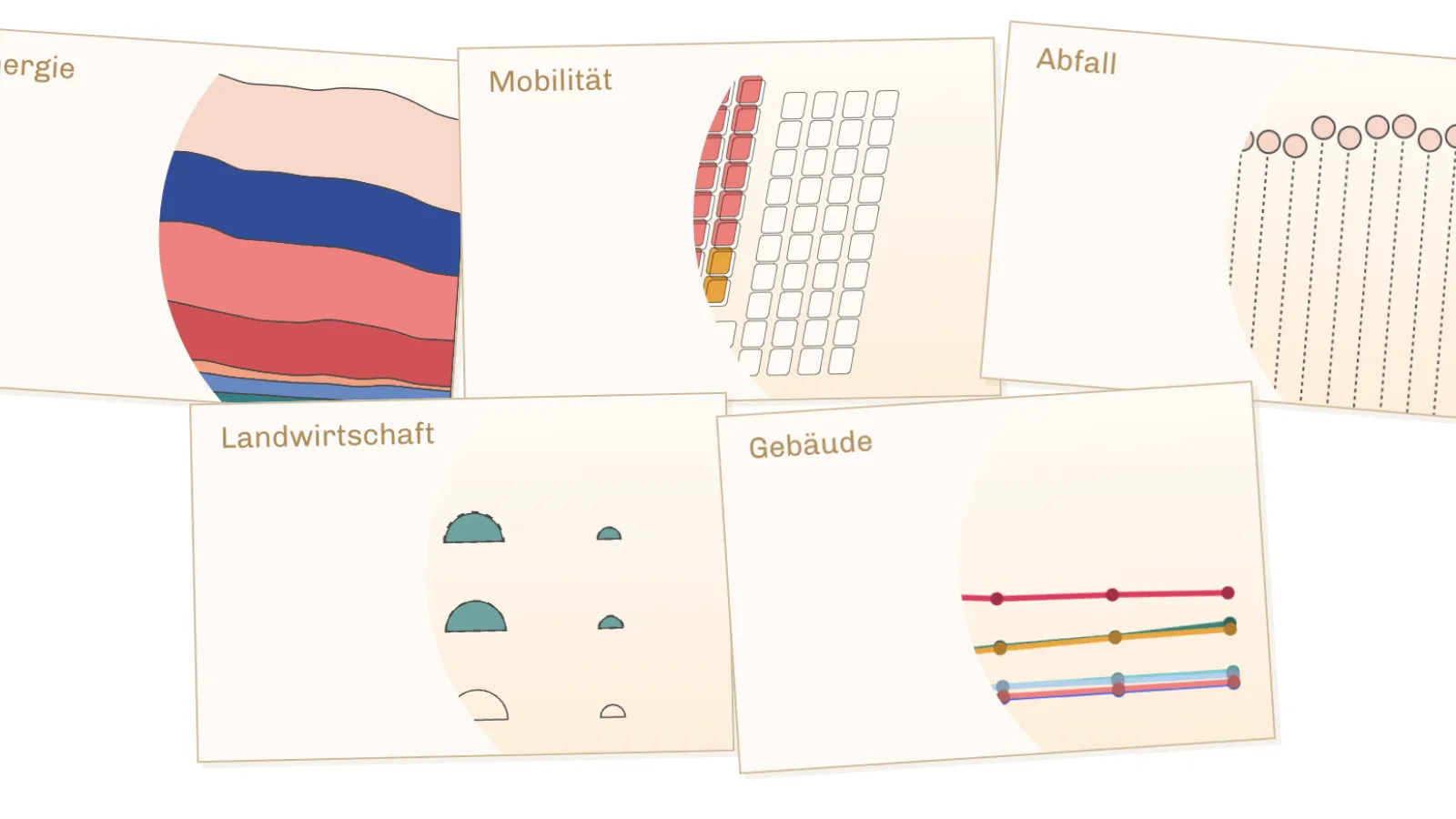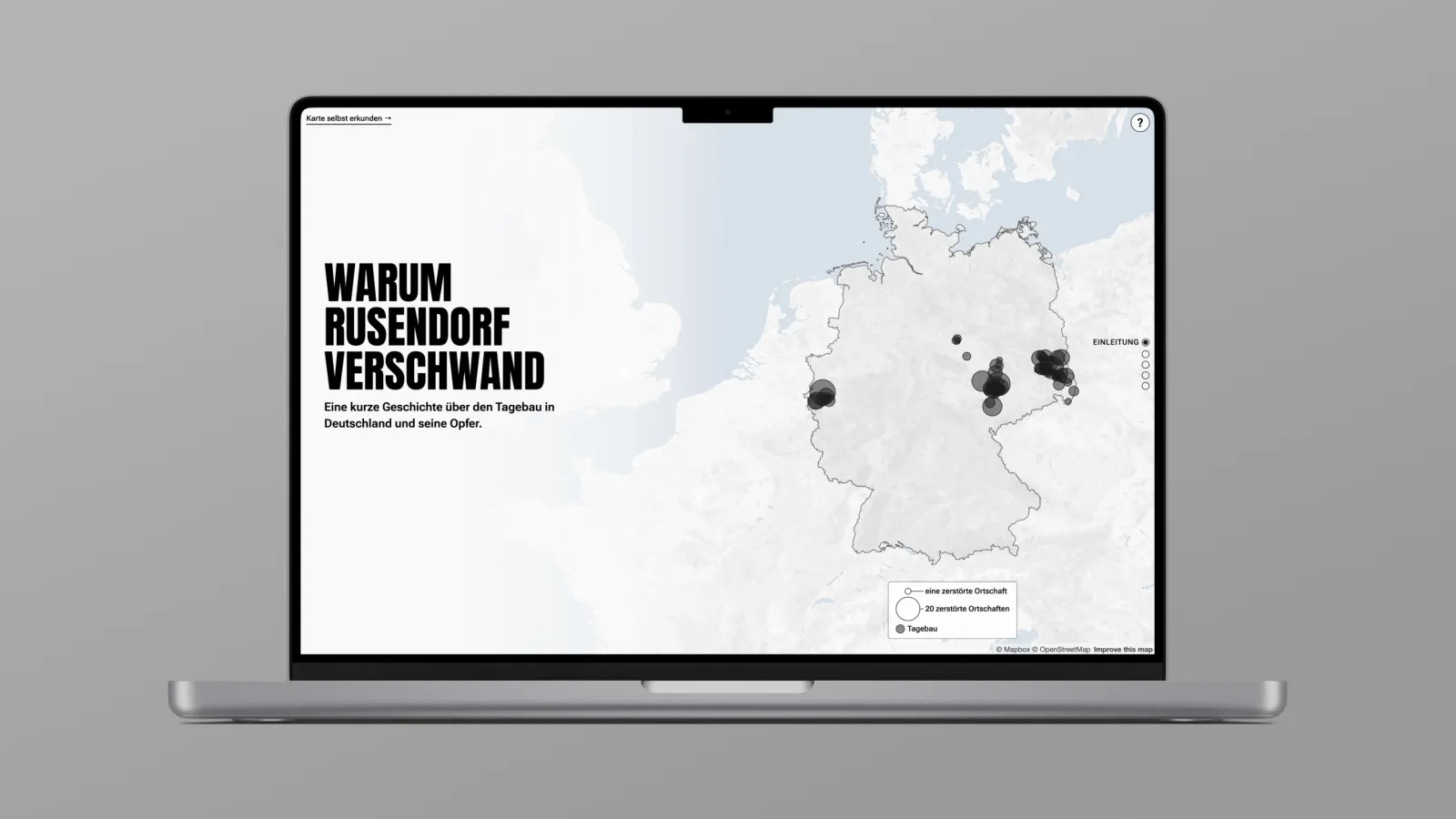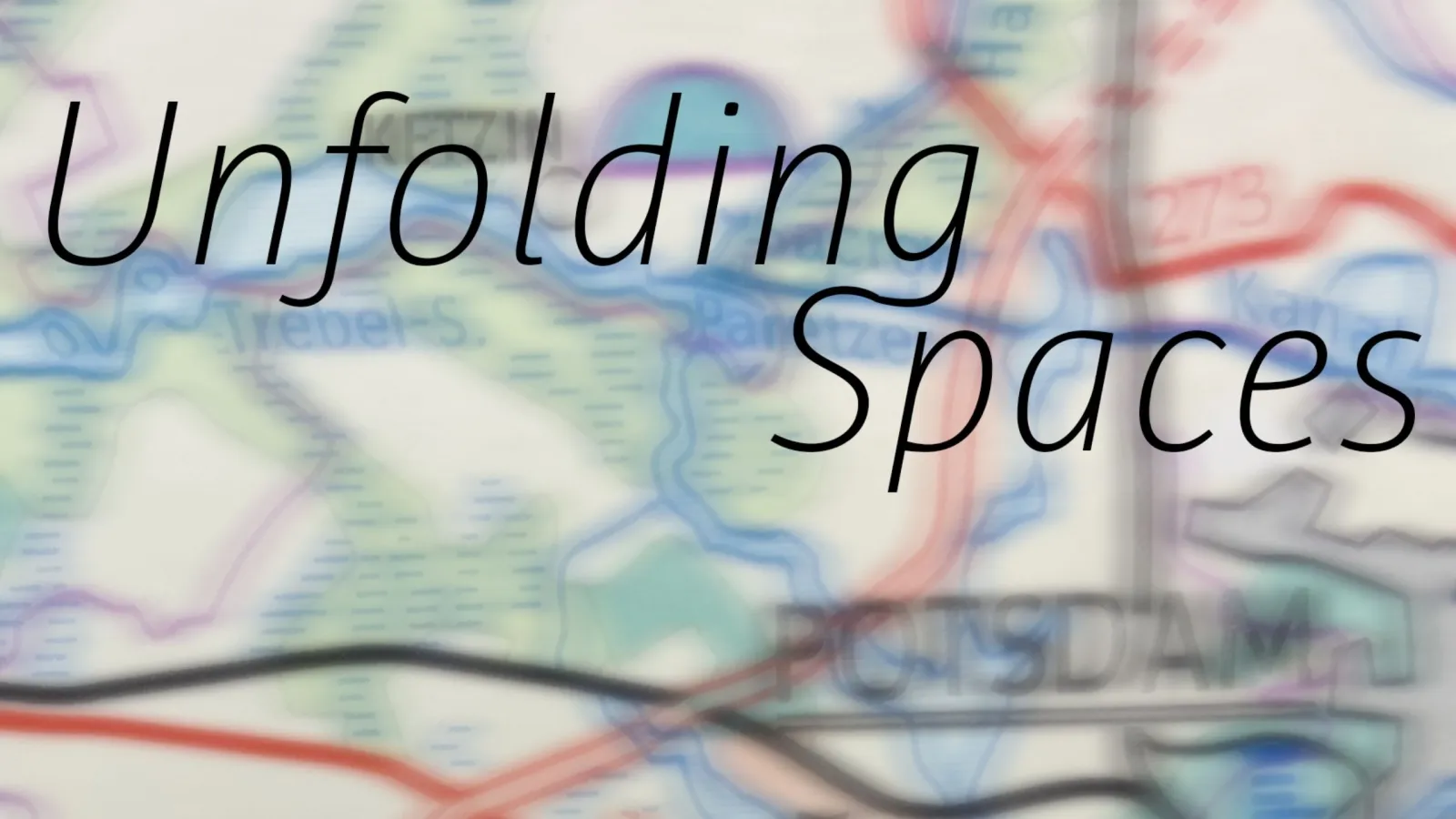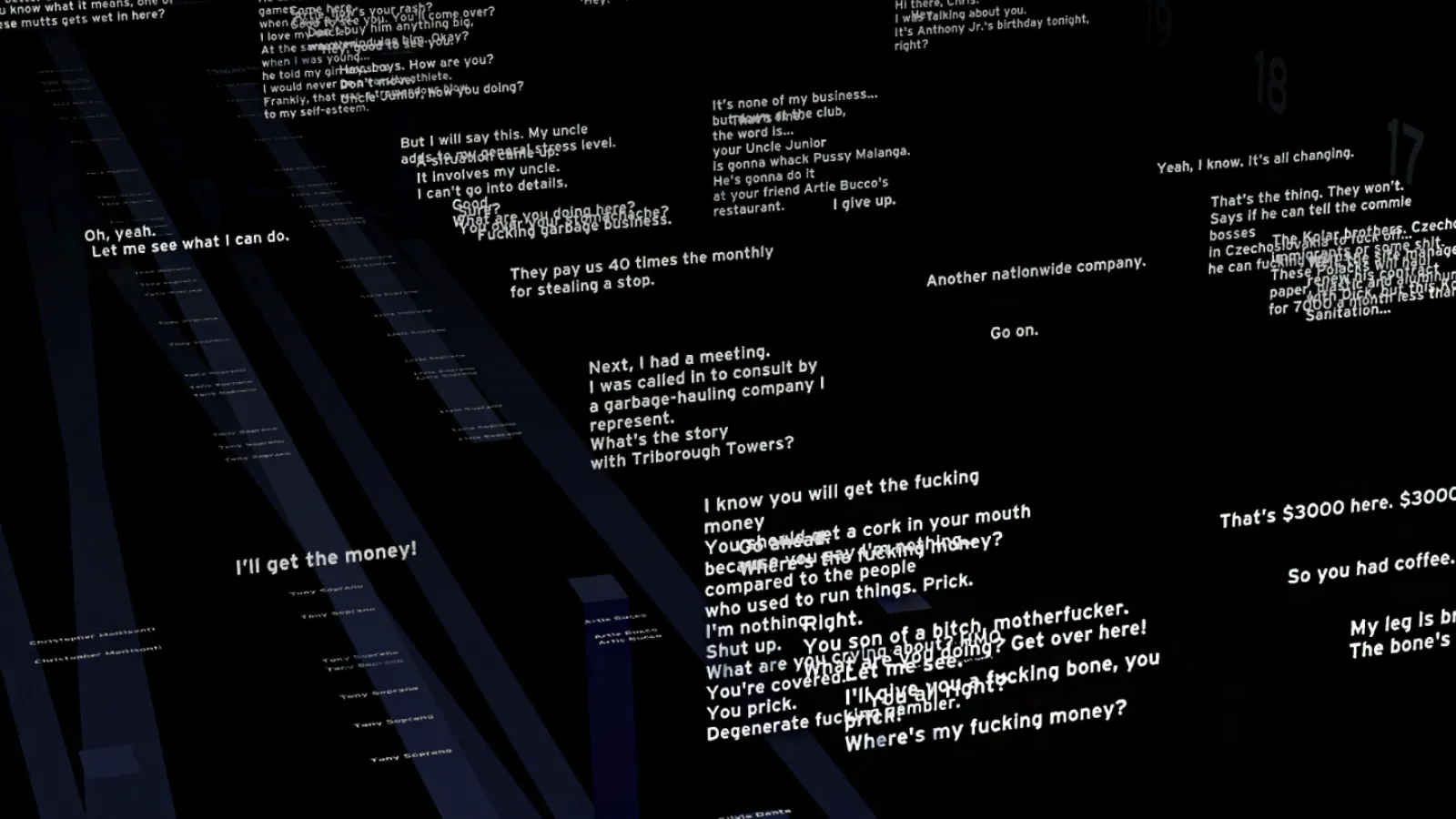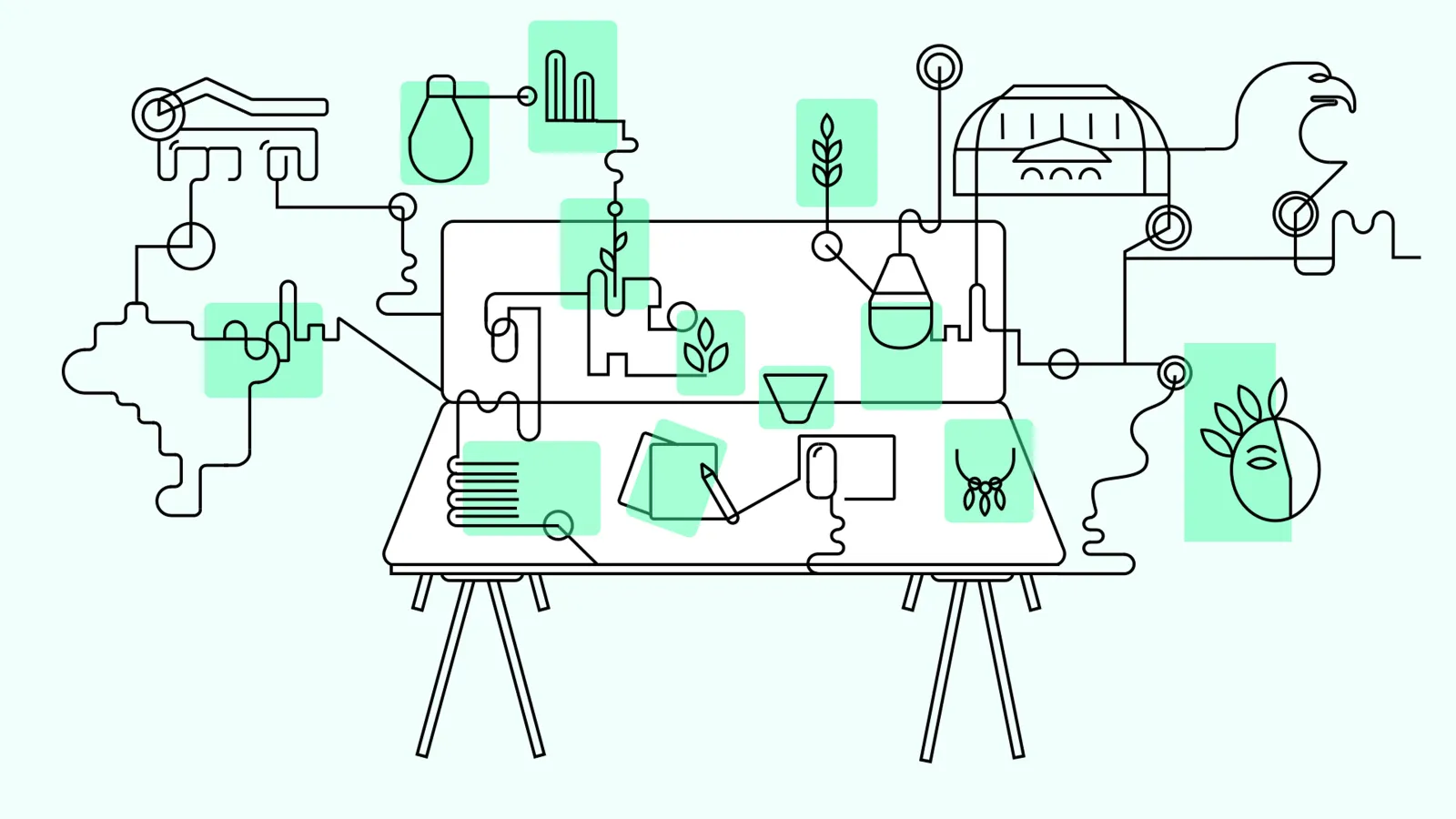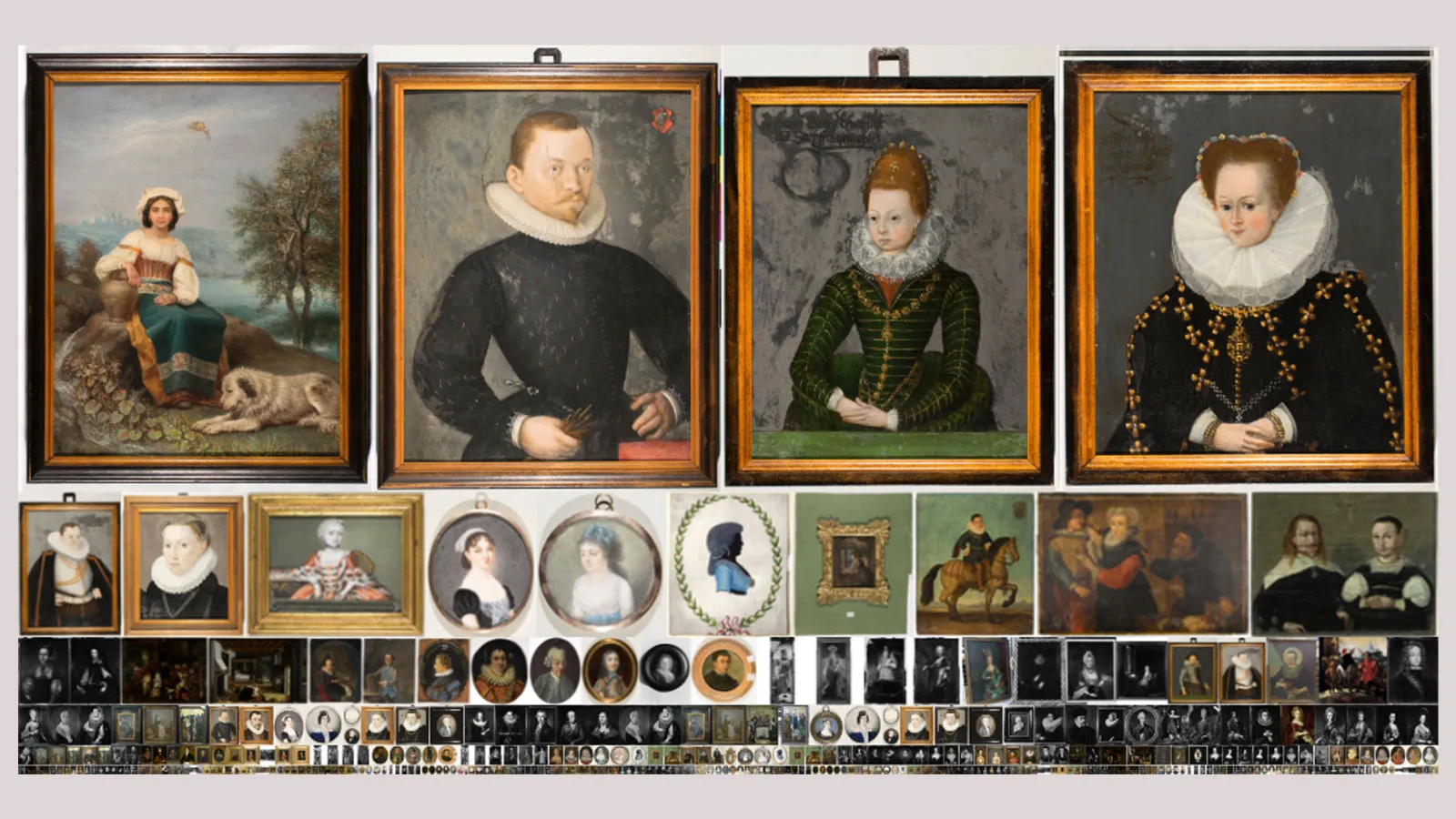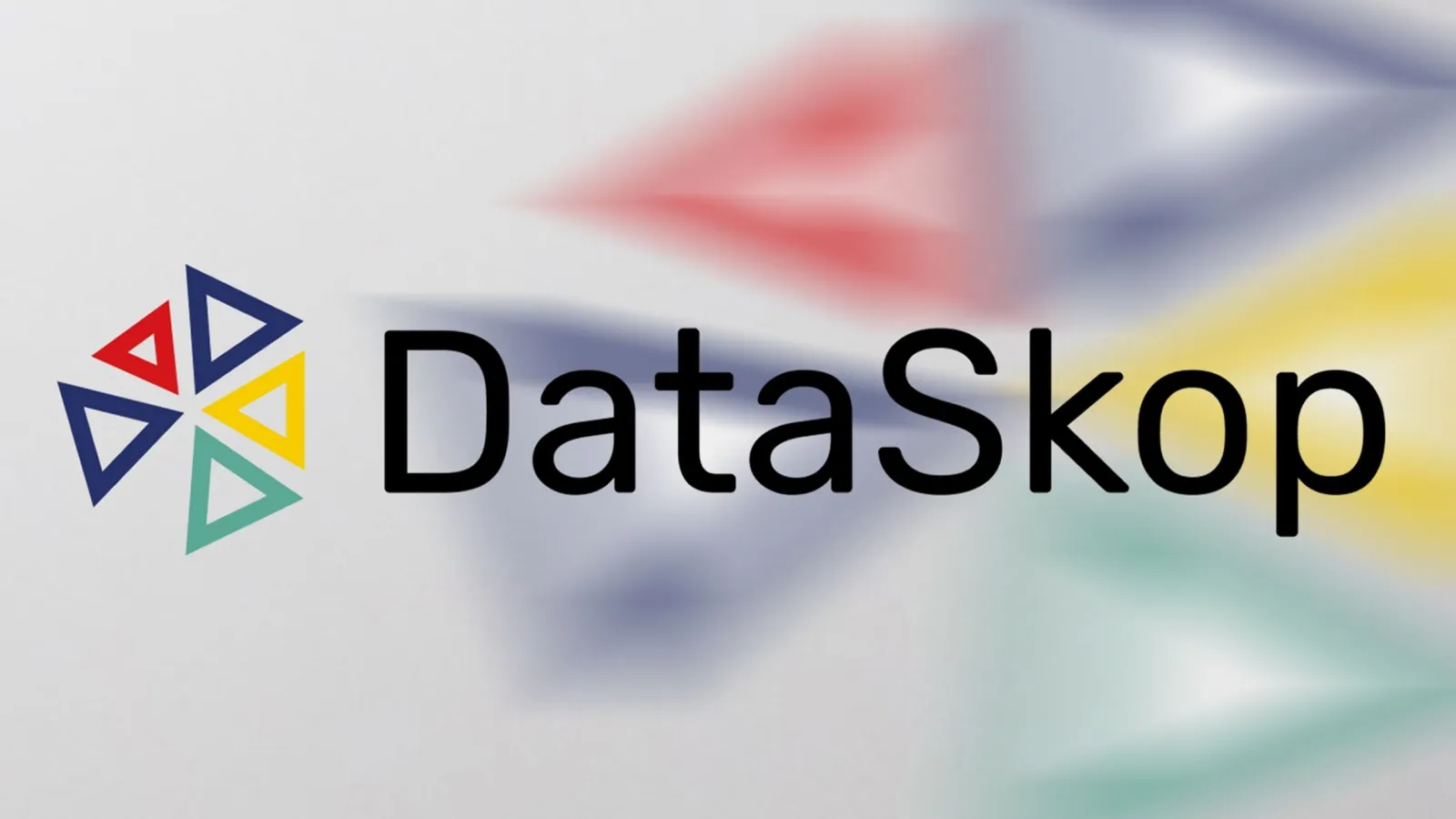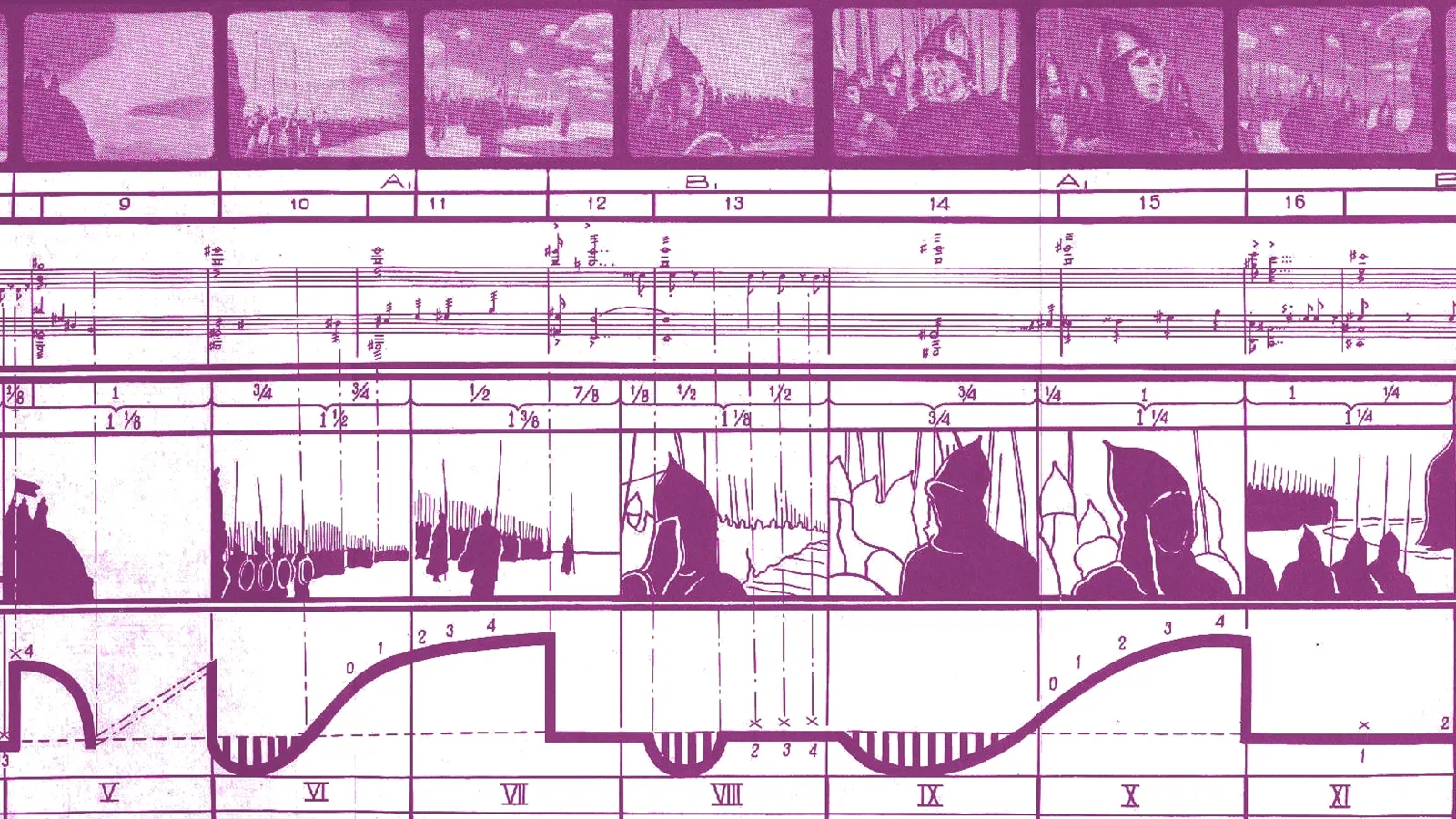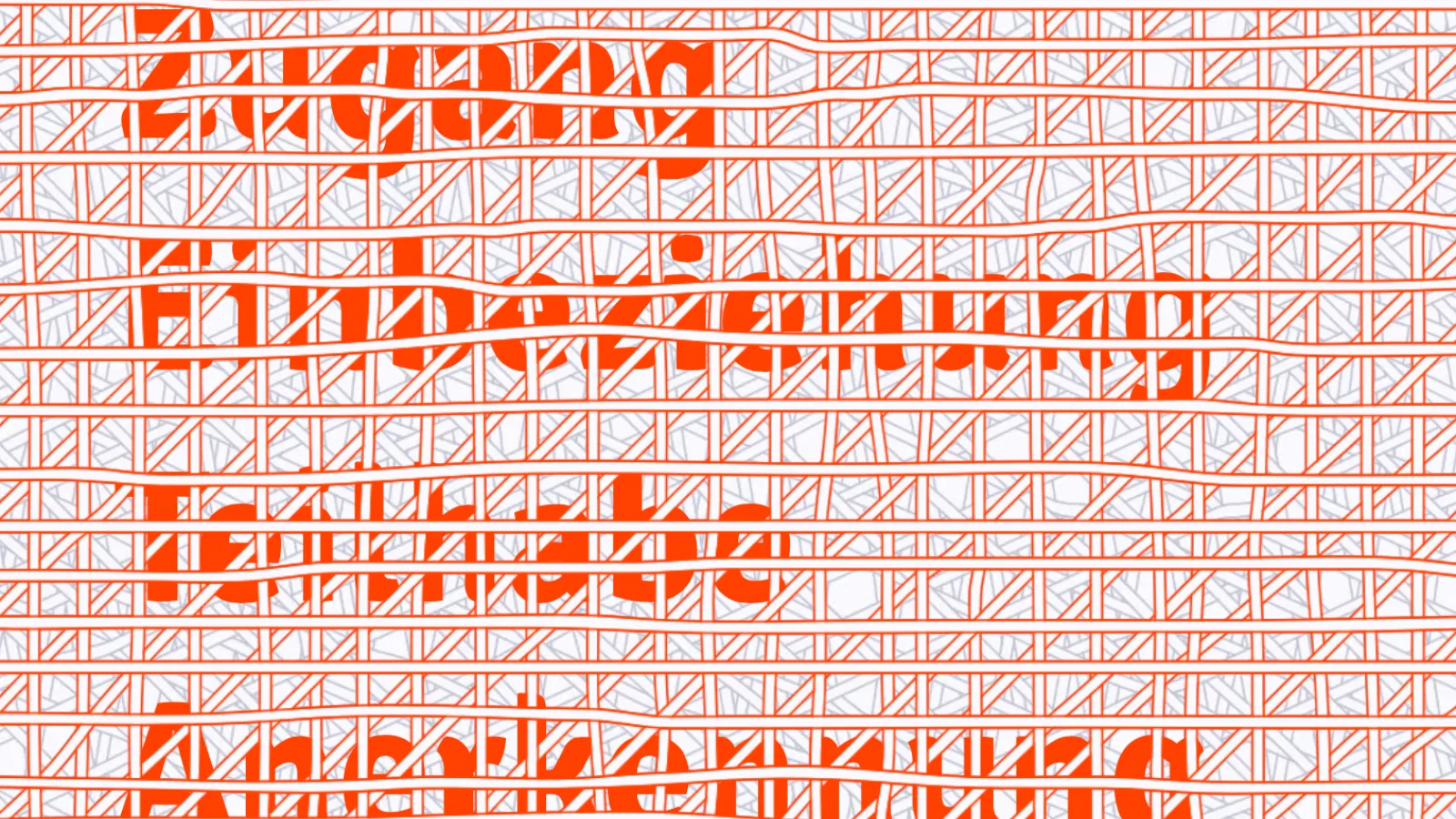From Theory to Practice: Projects at the FH Potsdam at a Glance
Here you will find a current overview of selected projects at the University of Applied Sciences Potsdam. You can filter the projects by departments and degree programs, by project type, or by content focus.
Projects sorted by project period
International Study and Training Partnership with the National Taipei University of Technology (Taiwan)
Exchange programme for students and teachers within the framework of the DAAD ISAP programme
Fear of change – transformation prototypes
Participatory design as a means of participation and understanding to counteract social division.
GraDiM: Granularities of Dispersion and Materiality – Visualising a Photo Archive on Diaspora
In collaboration with photographer Frédéric Brenner and his international project team, the GraDiM research project is developing theoretical and technical concepts for the visualisation of a photo archive with particular sensitivity for a collection documenting the Jewish diaspora.
CLIMATE MAPS: Visualising Local Climate Futures
Cooperation with the daily newspapers taz and UCLAB with the aim of conveying climate information via various channels using data visualisations. For this purpose, both physical and digital postcards with visualisations on different aspects of climate protection in Germany were designed and produced.
Unfolding Spaces
Development of an English-language online course between the Design Department and the College of Design at the partner university NTUT in Taiwan
Course Project on Dealing with Typeface in Virtual Reality
Virtual reality, mixed reality and augmented reality have now become design spaces for very different action scenarios. And although the use of text is necessary for a large number of applications, it is noticeable overall that the handling of type and typography in VR/AR/XR is treated as a lower priority. We want to change this.
Amazonia as a Laboratory for the Future – Networking-Understanding-Communicating
Starting from collection objects, overcome borders and create spaces of networking, understanding and mediation.
Restaging Fashion – Digital Contextualisation of Vestimentary Sources
The interdisciplinary research and digitalisation project "Restaging Fashion. Visualisation of Vestimentary Sources" (ReFa) has developed explorative approaches to holdings from the Berlin Art Library with its collection Modebild – Lipperheide Costume Library and from the Fabrics collection of the Germanisches Nationalmuseum Nuremberg.
DataSkop — What Happens to My Data?
The BMBF-funded project DataSkop focuses on the potential of innovative user interfaces and visualisations to promote the digital sovereignty of users.
COLLISIONS – Media Collisions as Innovation Drivers for New Approaches to Cultural Heritage
The project explores the potential of immersion and narration for visualising and making available cultural assets.
Inter...what? Intersectionality! A Visual Introduction
What is intersectionality? How are discrimination and privilege related? What does intersectional discrimination mean? These questions are answered in the web-based article "Inter...was? Intersektionalität! – Eine visuelle Einführung" answers them. With a combination of text, animated illustration and interactive data visualisation, it offers an introduction to the socially relevant topic of…
Pagination
- First page
- Previous page
- Current page 1
- Page 2
- Page 3
- Next page
- Last page


